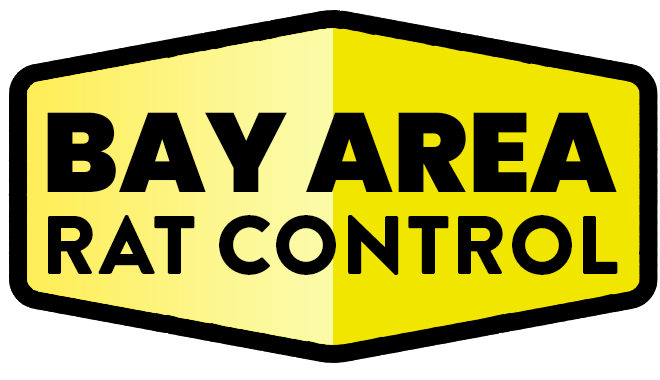Opening Thoughts
Retail businesses face unique challenges when dealing with rat infestations, from protecting inventory to maintaining a safe environment for customers and staff. A one-size-fits-all approach often falls short, making customized rat management programs essential. This guide explores tailored solutions that help retail businesses safeguard their premises, ensure compliance, and maintain their reputation.
Why Retail Businesses Need Customized Rat Control
1. Protecting Inventory
- Rats can chew through packaging, contaminate products, and cause significant financial losses.
- Specialty items like food, textiles, and electronics are particularly vulnerable.
2. Ensuring Customer Safety
- Visible signs of a rat problem, such as droppings or damaged goods, can deter customers and harm your brand reputation.
3. Meeting Compliance Standards
- Health and safety regulations require pest-free environments.
- Failure to comply can result in fines, closures, or lawsuits.
Components of a Customized Rat Management Program
1. Detailed Risk Assessment
- Site Inspection:
- Comprehensive evaluation of the property, including storage areas, customer spaces, and waste disposal zones.
- Identification of vulnerabilities like entry points, food sources, and nesting sites.
- Infestation Mapping:
- Use of tools like motion-sensor cameras and tracking powders to monitor rat activity.
2. Inventory Protection
- Sealed Storage:
- Use airtight, rat-proof containers for perishable goods, textiles, or sensitive items.
- Product Rotation:
- Regularly inspect and rotate inventory to detect early signs of contamination or damage.
- Warehouse Organization:
- Elevate goods off the floor and maintain clear aisles to reduce hiding spots.
3. Sanitation and Waste Management
- Daily Cleaning Protocols:
- Sweep floors, clean surfaces, and dispose of waste daily to eliminate attractants.
- Trash Management:
- Use sealed, durable bins and schedule frequent pickups to prevent overflow.
- Outdoor Areas:
- Keep dumpsters away from building entrances and ensure they are regularly cleaned.
4. Exclusion Measures
- Sealing Entry Points:
- Use steel wool, caulk, or metal mesh to block gaps around doors, windows, and utility lines.
- Structural Repairs:
- Address cracks in foundations, walls, and ceilings to prevent rat access.
- Loading Dock Protection:
- Install door sweeps and dock seals to minimize entry opportunities.
5. Trapping and Monitoring
- Trap Placement:
- Install traps along walls, near entry points, and in high-activity areas.
- Use tamper-resistant bait stations to ensure safety in customer-facing spaces.
- Real-Time Monitoring:
- Employ smart traps or digital monitoring systems to track rat activity and capture data for analysis.
6. Staff Training and Engagement
- Awareness Programs:
- Educate employees about early signs of rat activity and their role in prevention.
- Incident Reporting:
- Establish clear protocols for reporting sightings, droppings, or damage.
- Cleanliness Accountability:
- Assign specific sanitation tasks to staff members to ensure consistent practices.
Advanced Solutions for Retail Businesses
1. Integrated Pest Management (IPM)
- Combines prevention, monitoring, and targeted treatments for a holistic approach.
- Reduces the need for chemical solutions, aligning with eco-friendly business practices.
2. Digital Pest Control Systems
- Smart traps and monitoring devices send real-time alerts to management or pest control providers.
- Data-driven insights enable quick adjustments to pest control strategies.
3. Professional Exclusion Services
- Specialists identify and seal entry points with durable materials tailored to retail environments.
Benefits of a Customized Approach
1. Minimized Business Disruption
- Tailored programs ensure pest control measures do not interfere with daily operations or customer experiences.
2. Cost Efficiency
- Preventive measures reduce the need for emergency treatments and minimize inventory losses.
3. Enhanced Reputation
- A clean, pest-free store builds customer trust and loyalty.
Common Mistakes to Avoid
- Overlooking Storage Areas:
- Rats often target less visible spaces like stockrooms and back offices.
- Inconsistent Cleaning:
- Gaps in sanitation practices can leave food sources and attractants accessible.
- Ignoring Early Signs:
- Delaying action on minor infestations allows the problem to escalate.
Costs of Customized Rat Management Programs
Factors Influencing Costs
- Business Size: Larger retail spaces require more resources for monitoring and treatment.
- Infestation Severity: Severe infestations may need multiple visits and advanced tools.
- Specialized Needs: High-risk inventory or eco-friendly solutions can affect pricing.
Typical Costs
- Initial Assessment: $200–$500.
- Monthly Maintenance Plans: $500–$1,500.
- Digital Monitoring Systems: $1,000–$3,000 for installation and ongoing monitoring.
When to Seek Professional Help
- Recurring Infestations:
- Rats return despite regular cleaning and DIY measures.
- High-Value Inventory:
- Professional expertise ensures goods are protected from contamination and damage.
- Health Inspection Preparation:
- Experts can address vulnerabilities to help you pass inspections confidently.
Final Thoughts
For retail businesses, a customized rat management program is essential to protect inventory, maintain customer trust, and comply with regulations. By combining preventive measures, advanced technology, and professional expertise, you can ensure your store remains pest-free and operational. Investing in a tailored approach saves time, money, and your business’s reputation.
Relevant Links/Sources:
Rat Control for Retail Businesses – NPMA
Integrated Pest Management for Retailers – PestWorld
Best Practices for Commercial Pest Control – CDC
